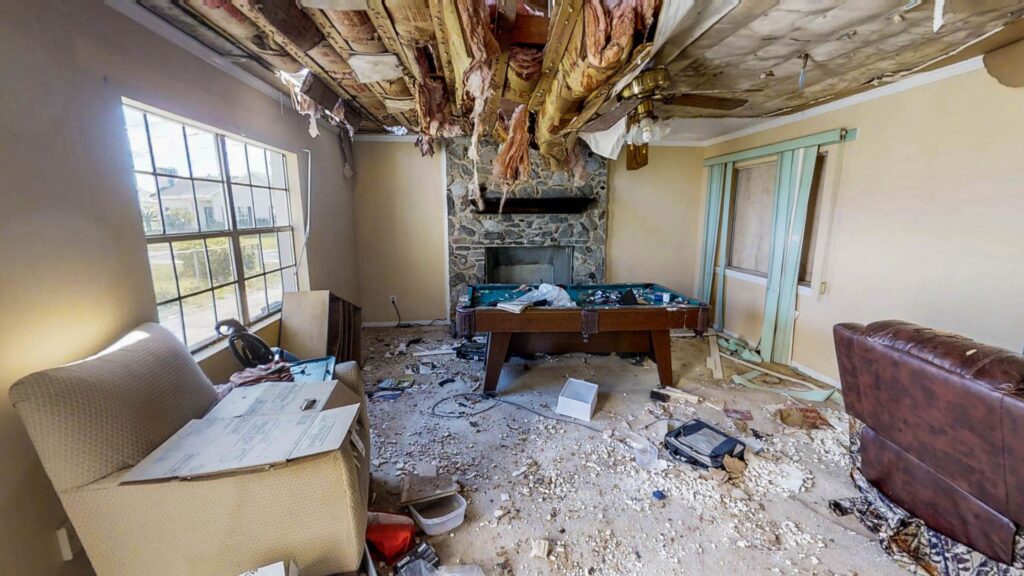Understanding Substantial Damage Letters: What Homeowners Need to Know
In the wake of Hurricanes Helene and Milton, numerous homeowners are finding themselves with an unexpected document: the “Substantial Damage Letter.” This critical notification warrants careful attention. This article will break down what these letters mean, your options moving forward, and essential next steps.
What Is a Substantial Damage Letter?
A Substantial Damage Letter is issued to homeowners whose property has suffered damage amounting to 50% or more of its pre-disaster market value. While this may seem alarming, it is important to note that this letter is not an indicator of condemnation but a regulatory requirement governed by the National Flood Insurance Program (NFIP). The intent is to ensure that homes located in flood-prone areas are reconstructed to meet updated floodplain management standards, thereby enhancing safety and resilience against future floods.
Why Did I Receive a Substantial Damage Letter?
These letters are typically distributed following natural disasters as local authorities inspect properties to assess their adherence to floodplain regulations. The overarching goal is to minimize risks and safeguard lives and properties from subsequent flooding incidents.
What Actions Are Required After Receiving a Letter?
Receiving a Substantial Damage Letter signifies that homeowners must take specific actions to bring their properties into alignment with current building codes and floodplain regulations prior to initiating any reconstruction or repairs. Common requirements include:
- Elevating the structure above the Base Flood Elevation (BFE)
- Using flood-resistant materials in repairs and rebuilds
- Relocating mechanical and electrical systems above flood levels
These measures are aimed at enhancing the property’s resilience and reducing the risk of future flooding.
Financial Assistance Options Available
If you have flood insurance through the NFIP, you might qualify for Increased Cost of Compliance (ICC) coverage. This can provide up to $30,000 to help cover the costs associated with necessary mitigation efforts, such as elevating or relocating your home. For further details, visit the NFIP website.
Is It Possible to Appeal the Letter?
Absolutely! If you believe the assessment of damage or the property value cited in the letter is inaccurate, you have the right to file an appeal. Keep the following in mind:
- 60-day window: You have 60 days from the date of the letter to submit your appeal.
- Documentation: Include relevant documentation, such as contractor estimates and property appraisals.
- Submission: Send your appeal to the issuing municipality or building department.
For more information on the appeals process, check out your local building department’s website.
What Should You Do Next?
If you’ve received a Substantial Damage Letter, here are your immediate action steps:
- Review the letter: Carefully read it for specific instructions and deadlines.
- Document property value and damages: Use licensed professionals for accurate assessments.
- Explore financial resources: Research all available options for financial and technical assistance.
- Consult experts: Seek advice from a real estate attorney or your local building department.
Final Thoughts: Act Promptly
Although navigating the rebuilding process can be daunting, compliance with regulations ultimately enhances property value, lowers future insurance premiums, and fosters a safer, more sustainable community.
For more guidance on substantial damage letters or any other real estate concerns, consider reaching out to local experts for support.
Additional Resources
- National Flood Insurance Program (NFIP)
- Floodplain Management
- How to Appeal a Substantial Damage Determination
By staying informed and acting swiftly, you can ensure that your property meets safety standards while securing the necessary support in rebuilding efforts.


